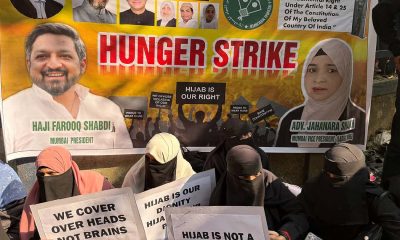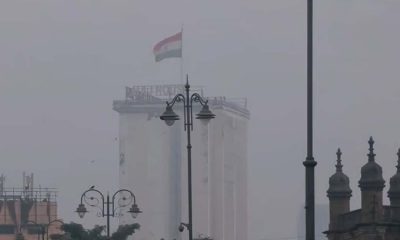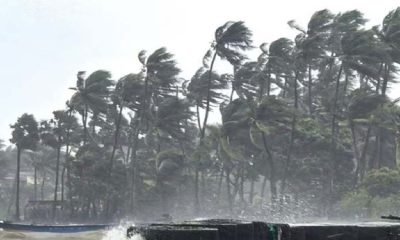Maharashtra
Good News For Mumbaikars! Metro 3 Phase 1 To Be Opened By September-End, Says Maharashtra CM Eknath Shinde
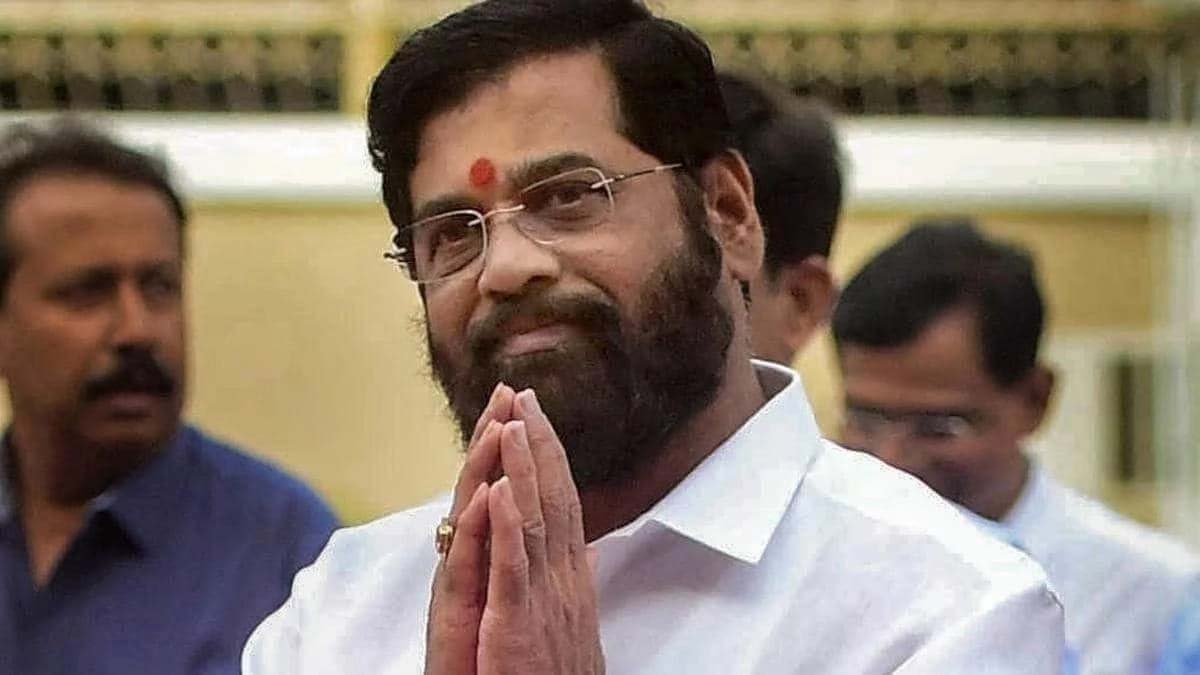
Mumbai: Chief Minister Eknath Shinde announced on Sunday that the first phase of Metro 3, connecting Bandra Kurla Complex (BKC) to Aarey, will be operational by the end of September. The second phase is expected to be completed within the next year.
Metro Line 3, spanning 33.5 kilometers, is a vital north-south corridor designed to enhance connectivity across Mumbai. It will connect six commercial suburbs, 30 office areas, 12 educational institutions, 11 major hospitals, 10 transport hubs and both of Mumbai’s airports. This extensive network aims to notably reduce travel time across the city.
Additionally, Shinde laid out his ambitious plan to make Mumbai slum-free by constructing at least three million low-cost homes. He revealed that the state government has partnered with several government agencies to achieve this goal.
Efforts To Reduce Real Estate Prices In Mumbai
During an informal media interaction at his official residence, Varsha, Shinde emphasized that increasing the housing stock, as recommended by NITI Aayog, is key to reducing real estate prices in Mumbai. He mentioned that agencies like the Mumbai Metropolitan Region Development Authority (MMRDA), City and Industrial Development Corporation (CIDCO) and Maharashtra Housing and Area Development Authority (MHADA) have been engaged to push forward slum rehabilitation projects that have been delayed for years. These agencies will collaborate with private developers for construction activities.
Ramabai Nagar Development Project
One notable project is the redevelopment of Ramabai Nagar in Ghatkopar, led by MMRDA, where around 17,000 tenements will be built to relocate slum dwellers. Shinde highlighted that residents of the area are being compensated with substantial rents while their current tenements are vacated for redevelopment. Other government bodies have also been tasked with leveraging their expertise in housing development.
Invoking the NITI Aayog’s goal of building three million affordable homes in the Mumbai Metropolitan Region, Shinde reiterated his vision to make Mumbai slum-free, a dream originally envisioned by Shiv Sena founder Balasaheb Thackeray, who had set a target of constructing four million homes. In the first phase of this initiative, two lakh affordable houses are already in progress. Private builders are being incentivized with reduced premiums, from 15% to 5%, to encourage participation in the project.
What Did CM Shinde Say On Worli Candidate For Assembly Polls?
Shinde also hinted at the inauguration of several infrastructure projects ahead of the upcoming assembly elections. When asked about his party’s candidate for Worli, a constituency currently held by Shiv Sena UBT leader Aaditya Thackeray, Shinde indicated that a few candidates have already been shortlisted for the seat.
He further mentioned that the assembly elections are likely to be conducted in two phases in mid-November, and seat-sharing discussions among the Mahayuti alliance members are progressing well. Shinde assured that a fair and inclusive formula for seat-sharing will be finalised within the next 8-10 days.
Maharashtra
Mumbai Weather Update: AQI At 183 In ‘Unhealthy’ Category As Temperature Hovers Around 27°C
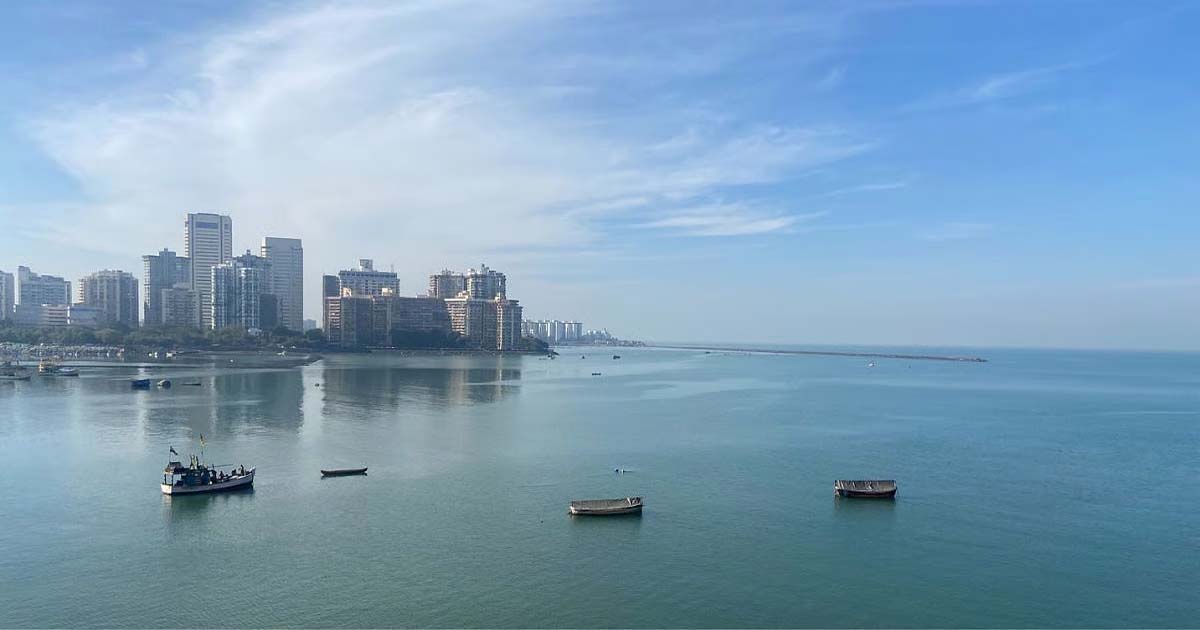
WETHER
Mumbai’s air quality deteriorated to the unhealthy category on Friday morning, even as the city witnessed clear and sunny weather, according to real-time air quality monitoring data updated at 8.30 am. As per aqi.in, the Air Quality Index (AQI) stood at 183, placing it well within the unhealthy range and raising concerns for vulnerable groups across the city.
Data showed PM2.5 levels at 100 micrograms per cubic metre and PM10 levels at 130 micrograms, both well above safe limits prescribed by health authorities. Elevated particulate matter is known to penetrate deep into the lungs, posing serious health risks, especially to children, the elderly and those with respiratory or cardiac conditions.
Other pollutants, including carbon monoxide at 266 parts per billion, nitrogen dioxide at 16 ppb, ozone at 14 ppb and sulphur dioxide at 7 ppb, remained within controlled limits. However, high particulate matter alone is sufficient to cause breathing discomfort and eye irritation.
The city recorded a temperature of 26 to 27 degrees Celsius, with humidity around 54 per cent and wind speed at nearly 16 kmph. While the weather remained pleasant with no rainfall forecast, the atmospheric conditions failed to prevent the accumulation of fine dust particles in the lower air layers.
The seven-day outlook shows maximum temperatures ranging between 28 and 31 degrees Celsius, with clear skies continuing through the week. Despite the sunshine, pollution levels are expected to remain volatile due to vehicular emissions, construction dust and seasonal factors.
Doctors advise residents to limit prolonged outdoor exposure, especially during morning and late evening hours when pollution concentration tends to be higher. People experiencing coughing, throat irritation or breathlessness are urged to seek medical attention immediately. Use of masks, air purifiers indoors and adequate hydration has been strongly recommended.
Environmental groups have once again urged civic authorities to intensify road dust control, monitor construction activity strictly and regulate traffic emissions. Citizens are also being encouraged to use public transport and avoid unnecessary vehicular travel during peak hours.
With winter setting in, experts warn that Mumbai may witness more frequent unhealthy air days unless immediate mitigation steps are implemented.
Maharashtra
Mumbai: Crime Branch raids travel agency… Fraud in the name of sending abroad illegally, police action, case registered
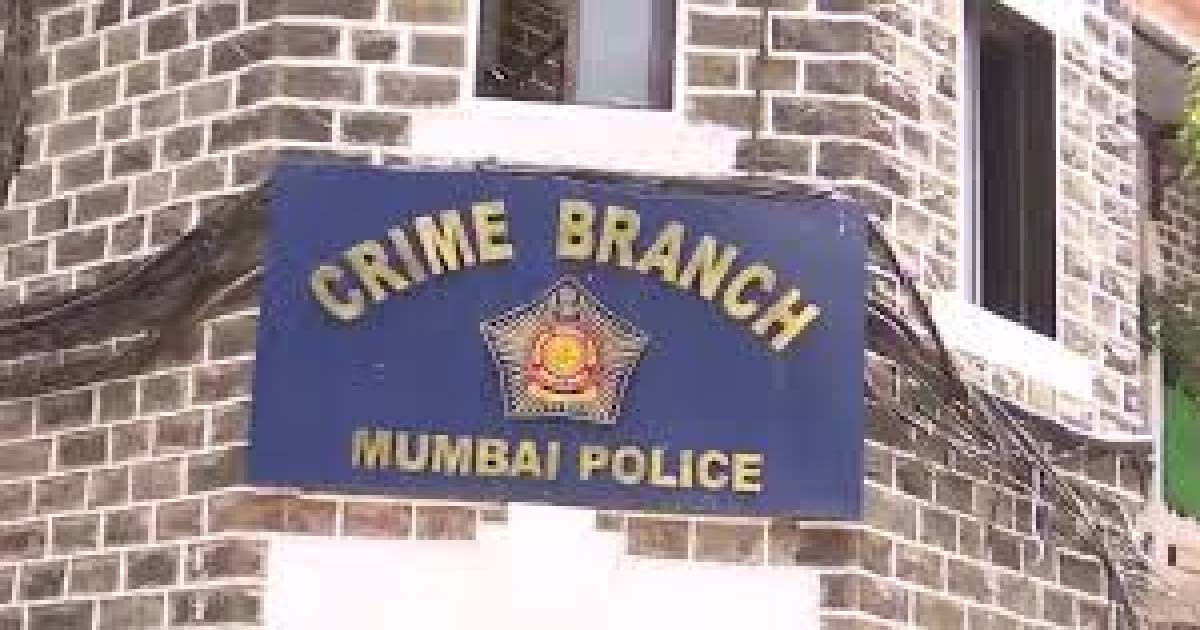
Mumbai: Several travel agencies in Mumbai’s Nagpara area are defrauding people under the guise of sending them abroad. Such a complaint was received by the Mumbai Police Crime Branch. These agencies do not have any permission from the Ministry of External Affairs and they charge huge amounts of money from people in the name of sending them abroad for jobs. Under the influence of the Ministry of External Affairs, the Protector of Emigrants, Bandra, in collaboration with the Mumbai Crime Branch unit, conducted a joint operation. A raid was conducted on 9 offices in KD Building, Nagpara, which were working to send them abroad without any permission. A complaint was also received regarding them. 238 passports, several documents, offer letters, visiting cards, letters used for foreign use and other documents were also recovered from their offices. The police have registered a case against them under the Passport Act, including the Immigration Act, in Nagpara. The police are investigating the matter further. This operation was carried out by DCP Raj Tilak Roshan on the instructions of Mumbai Police Commissioner Deven Bharti.
Maharashtra
10 years imprisonment for sexually assaulting a girl at Kasturba police station
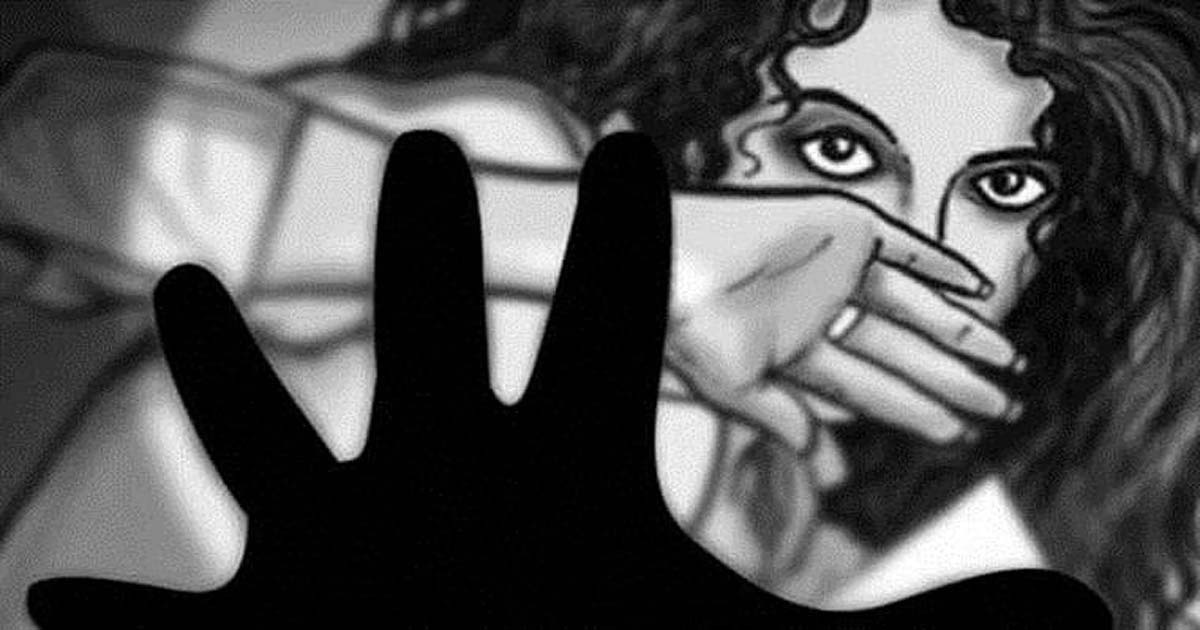
Mumbai: The court has convicted the accused in the case of sexual abuse of a girl under the limits of Kasturba police station. A case of sexual abuse was registered against the accused Naresh Kumar Harish Kumar 44 under the Pisco Act. The accused has been sentenced to 10 years in prison and a fine of Rs 2000, otherwise three months in prison by the Dandoshi court in this case. The accused has been convicted due to the better investigation of this case. Kasturba police had filed a charge sheet in this case after investigation and now the punishment has been given in this case.
-

 Crime3 years ago
Crime3 years agoClass 10 student jumps to death in Jaipur
-

 Maharashtra1 year ago
Maharashtra1 year agoMumbai Local Train Update: Central Railway’s New Timetable Comes Into Effect; Check Full List Of Revised Timings & Stations
-

 Maharashtra1 year ago
Maharashtra1 year agoMumbai To Go Toll-Free Tonight! Maharashtra Govt Announces Complete Toll Waiver For Light Motor Vehicles At All 5 Entry Points Of City
-

 Maharashtra1 year ago
Maharashtra1 year agoFalse photo of Imtiaz Jaleel’s rally, exposing the fooling conspiracy
-

 National News1 year ago
National News1 year agoMinistry of Railways rolls out Special Drive 4.0 with focus on digitisation, cleanliness, inclusiveness and grievance redressal
-

 Maharashtra1 year ago
Maharashtra1 year agoMaharashtra Elections 2024: Mumbai Metro & BEST Services Extended Till Midnight On Voting Day
-

 National News1 year ago
National News1 year agoJ&K: 4 Jawans Killed, 28 Injured After Bus Carrying BSF Personnel For Poll Duty Falls Into Gorge In Budgam; Terrifying Visuals Surface
-

 Crime1 year ago
Crime1 year agoBaba Siddique Murder: Mumbai Police Unable To Get Lawrence Bishnoi Custody Due To Home Ministry Order, Says Report



